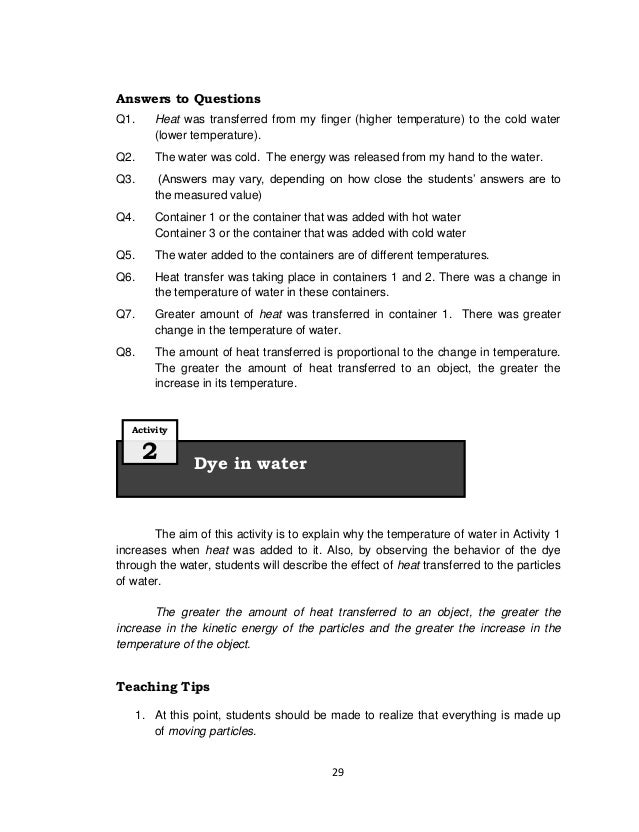
Kidney Dialysis Simulation Lab Activity Answers To Math
Lab 3 - Homeostasis
Please follow these four steps:
Go to Step: 1 2 3 4
Step One Lab 3 Tutorial by Mitch Albers
Please refer to chapter 4, p.70 in Sylvia S. Mader's Human Biology texbook for more details on the Structure and Function of Cells.
| Pre-Lab Lecture To understand the role of negative feedback in controling body systems. | ||
Standard in-center HD- in a dialysis center 3 times a week, for about 4 hours per treatment 2. Nocturnal in-center HD- in a dialysis center at night 3 times a week, for about 3 hours per treatment 3. Standard home HD- at home 3 times a week or every other day, for 4-6 hours per treatment 4. Peritoneal dialysis. Peritoneal dialysis During peritoneal dialysis, a cleansing fluid (dialysate) is circulated through a tube (catheter) inside part of your abdominal cavity (peritoneal cavity). The dialysate absorbs waste products from blood vessels in your abdominal lining (peritoneum) and then is drawn back out of your body and discarded.
Step Two Click here to download and print the Student Exploration Sheet. The Student Exploration Sheet will guide you through the simulation, including a short prior knowledge piece providing information on how to use the simulation and introductory questions. Don't Panic..I understand your not a PhD physiologist, but the focus in this excercise will be to understand how the body maintains homeostasis in terms of regulating body temperature. Please go to the following links to get all the instructions for doing your experiments. EXPERIMENT ONE: Step One: Go to the 'Gizmos' website homepage and select the 'Free Trial' button in the upper right menu (https://www.explorelearning.com)
Step Two:Click on this link to Download and then print out the Human Homeostasis Student Exploration Sheet:
Experiment Two: Step Test (Do this at home)
| Lab Activity | ||
Step Three Contact me about this lab
| Assignment | ||
Step Four Instructions: Test your knowledge on homeostasis.
When you have completed taking the practice quizzes you are then ready to take the LAB 3 QUIZ in D2L. Please check the course syllabus to make sure that you complete the lab quiz by the scheduled due date. Select the following link to go to D2L:
| Practice Quiz | ||
Kidney Filtration
- Cornstarch
- Iodine
- Water
- Two drinking glasses
- Measuring cups
- Measuring spoons
- Sandwich baggie
- Twist tie
- Add one teaspoon of cornstarch to 1/8 cup of water.
- Stir.
- Add 3/4 cup of hot water and stir well.
- Measure 1/4 cup of cornstarch mixture…
- …and pour into sandwich baggie. Use a twist tie to close the bag tightly.
- In a separate glass, mix together one teaspoon of iodine with 3/4 cup of water.
- Gently place the baggie into the iodine solution. Do not allow the tied end to get wet.
- Check the bag every three minutes for a total of fifteen minutes.
- Look for a color change inside the sandwich baggie.
What’s happening?
The baggie acts as a filter by allowing iodine molecules to slowly flow into the cornstarch mixture. When the iodine comes into contact with the cornstarch, a chemical reaction occurs that causes the water inside the baggie to turn dark blue or purple . Note that even though the iodine is passing through the baggie, the water in the iodine solution is not passing through the baggie (i.e., the baggie is not swelling up with water even though it is changing color). Similarly, your kidneys filter blood to get rid of harmful chemicals found in your body but leave the good fluids (e.g., red & white blood cells) in your body.
Make a Kidney Model
Supplies:
- Cardboard
- Coffee filters
- Plastic tubing
- Modeling clay
- Two empty water bottles
- Funnel
- Tape (not pictured)
- Coffee grounds (not pictured)
- Water (not pictured)
- Glass measuring cup or small pitcher (not pictured)
- Container (not pictured)
Procedure:
- Cut two water bottles in half.
- Attach a 10-inch piece of plastic tubing to the bottle using modeling clay, making a clay plug to place into the opening of the water bottle (where the lid normally screws onto the bottle). Ensure that the plastic tubing is open to the inside of the bottle but that there are no gaps between the tubing and the clay and between the bottle and the clay. The bottles are the two “kidneys,” and the tubes are the “ureters.”
- Tape the two “kidney” water bottles onto the cardboard box.
- Tape a funnel to the cardboard underneath the two “kidneys,” and tape the two “ureters” to the inside of the funnel.
- Carefully place a few coffee filters into each “kidney.”
- Mix some coffee grounds into some water.
- After placing a container underneath the funnel, pour the coffee ground solution into the “kidneys.”
- Observe the “kidneys” filtering out the coffee grounds…
- …as the water runs down the ureters and exits through the funnel. The coffee grounds actually change the water to a yellowish color! (Eww! Gross!)
To learn more about how your kidneys work, refer to Unit 7: Body Organsof the free ebook Classic Elementary Life Science. Be sure to also download the corresponding parent text!